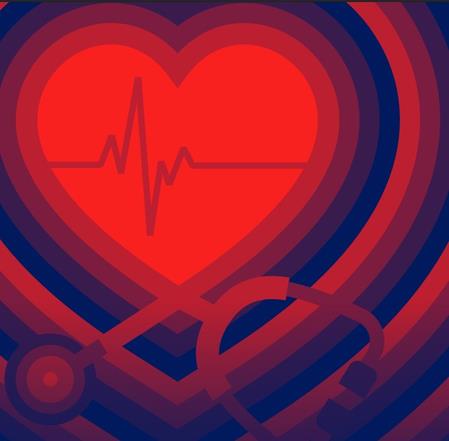Health
India’s Generic Medicines Initiative Boosts Hypertension Control Rates

The World Health Organization (WHO) has highlighted India’s successful strategies in managing hypertension, a major risk factor for heart disease. In its report released on September 23, 2024, during the 80th United Nations General Assembly, the WHO credited initiatives such as free medicines distribution, the promotion of generic drugs, and price regulation for significantly improving blood pressure control in the country.
India’s comprehensive approach to hypertension management includes the National Free Drugs Service Initiative, which guarantees a consistent supply of quality-assured generic antihypertensive medicines at no cost to patients in public health facilities. The WHO’s Global Report on Hypertension 2025 showcased India’s effective pricing policies for essential hypertension medications, emphasizing the role of the National Pharmaceutical Pricing Authority (NPPA). The NPPA has set price ceilings for these medicines under the Drug Price Control Order, ensuring affordability while allowing manufacturers to maintain fair profit margins.
The India Hypertension Control Initiative (IHCI), launched in 2018-2019, has played a pivotal role in enhancing treatment protocols. By implementing simple, protocol-driven treatment regimens and establishing robust procurement systems, the IHCI ensures that patients receive necessary medications without financial strain.
According to the WHO, previous hypertension control rates in India were alarmingly low, with only about 14 percent of adults managing their blood pressure effectively. Recent data from Punjab and Maharashtra indicates a significant turnaround, showing that among patients receiving treatment as per established protocols, blood pressure control rates have surged to between 70 and 81 percent. These patients experienced average reductions in systolic blood pressure of 15 to 16 mmHg.
The WHO emphasized that public investment in accessible and affordable antihypertensive medications not only improves clinical outcomes but also alleviates the economic burden of cardiovascular diseases. This investment is crucial as it helps prevent costly health complications such as heart attacks and strokes.
The report also revealed a global perspective, noting that approximately 1.4 billion people were living with hypertension in 2024. Despite this staggering number, only about one in five individuals have their condition under control through medication or lifestyle changes. Analysis of data from 195 countries and territories showed that 99 nations have national hypertension control rates below 20 percent. Alarmingly, only 28 percent of low-income countries reported that all WHO-recommended hypertension medications are readily available in pharmacies or primary care facilities.
India’s initiatives reflect a positive model for other countries grappling with similar health challenges. The WHO’s recognition of these efforts underscores the importance of accessible healthcare solutions in managing chronic conditions like hypertension globally.
-

 Business5 months ago
Business5 months agoKenvue Dismisses CEO Thibaut Mongon as Strategic Review Advances
-

 Lifestyle4 months ago
Lifestyle4 months agoHumanism Camp Engages 250 Youths in Summer Fest 2025
-

 Sports4 months ago
Sports4 months agoDe Minaur Triumphs at Washington Open After Thrilling Comeback
-

 Sports5 months ago
Sports5 months agoTupou and Daugunu Join First Nations Squad for Lions Clash
-

 Top Stories5 months ago
Top Stories5 months agoColombian Senator Miguel Uribe Shows Signs of Recovery After Attack
-

 World5 months ago
World5 months agoASEAN Gears Up for Historic Joint Meeting of Foreign and Economic Ministers
-

 Health4 months ago
Health4 months agoNew Study Challenges Assumptions About Aging and Inflammation
-

 Business5 months ago
Business5 months agoOil Prices Surge Following New EU Sanctions on Russia
-

 Entertainment4 months ago
Entertainment4 months agoDetaşe-Sabah Violin Ensemble Captivates at Gabala Music Festival
-

 Entertainment4 months ago
Entertainment4 months agoBaku Metro Extends Hours for Justin Timberlake Concert
-

 Top Stories5 months ago
Top Stories5 months agoRethinking Singapore’s F&B Regulations Amid Business Closures
-

 Business5 months ago
Business5 months agoU.S. House Approves Stablecoin Bill, Sends to Trump for Signature









